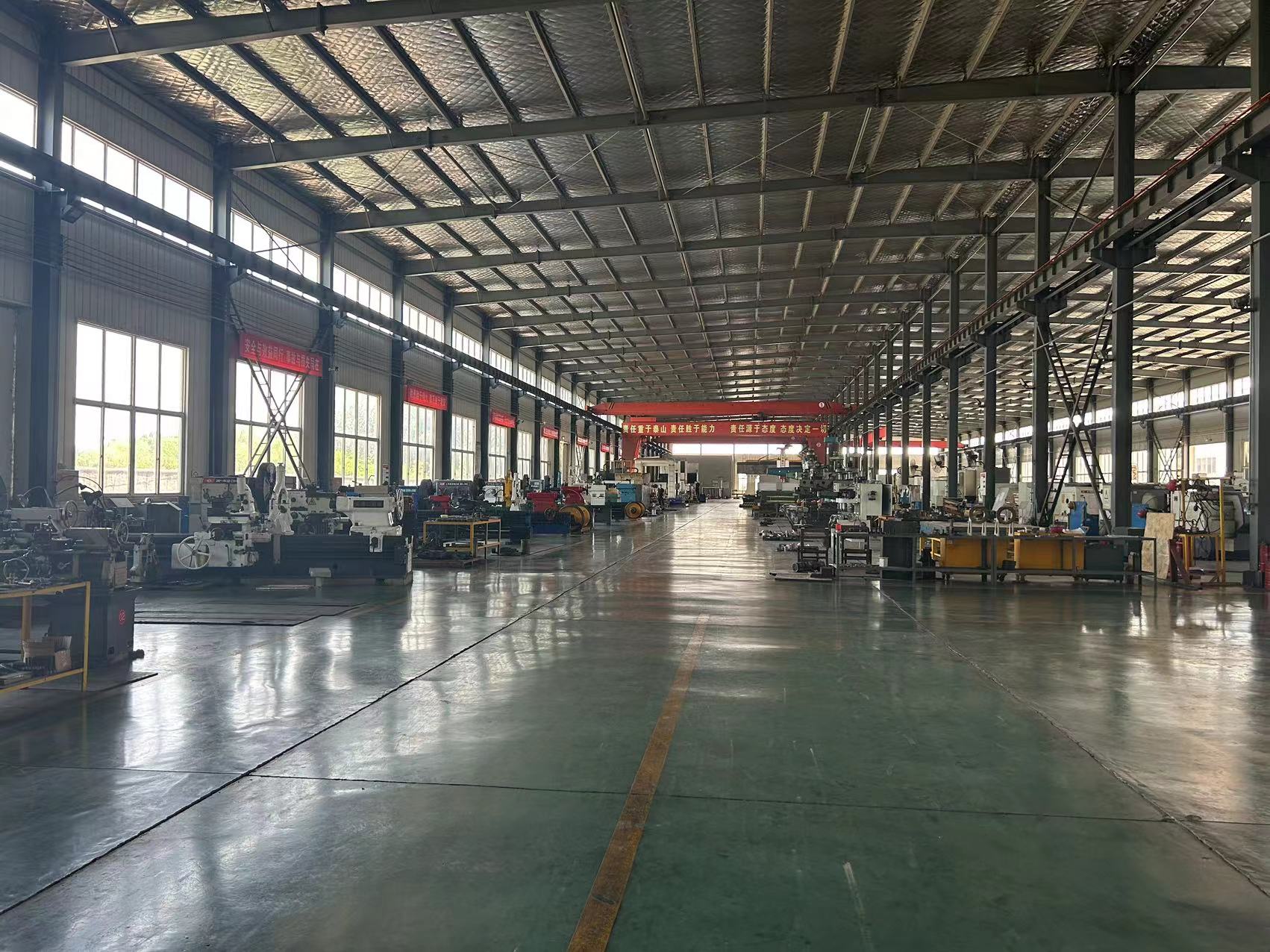Metal 3D printing services use precise lasers to create metal parts. It is ideal for experimentation and low-volume, high-value parts, but is not as scalable as many of the other metal processes listed. That’s why it is often used for prototypes, as well as substitutes for low-volume casting.
How It Works
3D printing, also known as additive manufacturing, fuses metal in a controlled environment via an energy source. Metal powder is fused layer-by-layer using a laser in an inert environment. 3D prints metal parts in a 2-stage process, using an inkjet to bond metal together to a green stage before a secondary furnace process solidifies the metal. Binder jetting can make a metal composite, such as bronze and steel, or a single-alloy, depending on the needs. Metal 3D printing is unique in that it can produce all-in-one assemblies and geometries with inaccessible areas using standard tooling. An example of inaccessible features with traditional processes is building lattice-like structures on a part. This is not possible with traditional molding or casting techniques. Techniques that come close would nonetheless require more time and complexity to produce a single unit.
Metal 3D Printing Materials
The typical stock material for metal 3D printing is atomized powder, but can sometimes be sheet or wire-fed. The printer follows a data path created using a 3D CAD file of the part. Common metal materials include powder in stainless steel, titanium, Inconel, copper, or aluminum materials.
Materials used in metal 3D printers often come from powder metallurgy. Adoption of new materials for metal 3D printers requires significant research to build a robust, and repeatable method of building parts without failure or defects. This means the material choices currently available for metal 3D printing are narrow compared to machining, metal casting, and other fabrication methods.
Use Cases and Industries
Despite its limits, metal 3D printing has near-universal applications. Due to direct digital manufacturing, 3D printed parts can often be produced quickly in low volumes without tooling expenses. Engineers can experiment with 3D printing to preface the production of just about any part, as well as design part features that are specific to applications like lightweight mechanical aerospace components.




